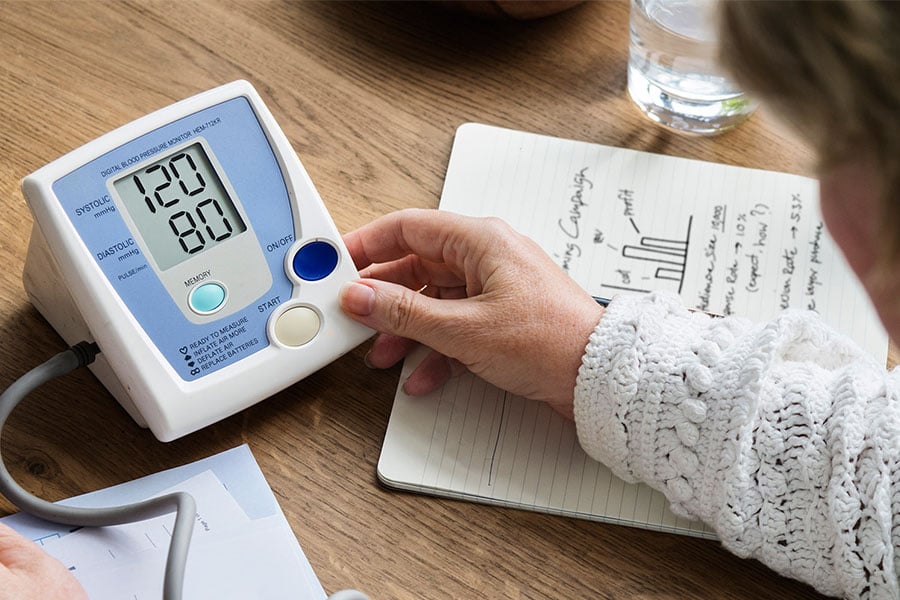How to monitor your health more effectively at home
With more doctors’ appointments by telephone, it’s handy to be able to monitor your health in the comfort of your own home. We talk to Complete Care Shop about some of the medical devices you can use to keep an eye on your health between check ups.
For many of us, the ability to monitor our health at home during the pandemic has been essential. And there are good reasons to keep up the habit post lockdown – to spot early warning signs and help you take control of your wellbeing for the longer term.
That’s why having some self-monitoring health devices at home can be useful, for example to check blood oxygen levels, heart rate and blood pressure. Reliable equipment, used correctly, alerts you to issues that may need further investigation from a medical professional. You can track your readings in the comfort of your own home and share key information with your doctor that may prove helpful.
Check your own blood pressure
Untreated, high blood pressure increases your risk of developing serious health problems including heart attacks or strokes – but as most people don’t experience any obvious symptoms, it can be easily missed.
Taking your own regular readings with a blood pressure monitor will help you notice if yours is too high or low, and highlight the need for further investigation by your doctor.
Home blood pressure monitors come in a variety of styles so you can find one that suits your needs, whether that’s one that goes around the upper arm or one that works from the wrist.
Monitor your heart rate and blood oxygen levels
Low oxygen levels can affect your breathing, and is likely to require immediate medical attention. Tracking your blood oxygen levels is important for those living with respiratory conditions. It’s also useful for Covid-19, as ‘silent hypoxia’ can be one of its confusing symptoms where blood oxygen levels drop below normal levels without you noticing – an early warning can fast track medical help to prevent more serious illness.
A pulse oximeter fits on the end of your finger and records your heart rate and blood oxygen (Sp02) levels to check how well your heart is pumping oxygen through your body. Typically, a healthy person will have blood oxygen levels that are between 94% and 99%; anything below 94% requires contact with a medical professional.
Identify or confirm a fever
Sweating, chills, feeling hot to the touch, sometimes you just know you have a fever – a temperature of 37.8 degrees Celsius and above – but you may need a thermometer to check or confirm it.
Today you can choose from a variety of thermometer types such as in ear or infrared (where temperature can be taken at a distance), which are easy to use and can help prevent the risk of infection.
As a high temperature is a common symptom of COVID-19, confirming a fever with a thermometer can help you isolate as soon as possible to stop the spread of the virus and get the right support if needed.
Things to remember about home health monitors
 They aren’t a replacement for medical care. If you’re experiencing symptoms that need urgent medical attention, like difficulty breathing, seek help.
They aren’t a replacement for medical care. If you’re experiencing symptoms that need urgent medical attention, like difficulty breathing, seek help.
It’s also very important to read and follow the instructions carefully, as you won’t get accurate readings if the monitor isn’t used correctly.
At Complete Care Shop you’ll find the help, support and products you need, including a comprehensive range of medical equipment and accessories
Visit us here at completecareshop.co.uk or call 03330 160 000 for more details.
ADVERTORIAL





















